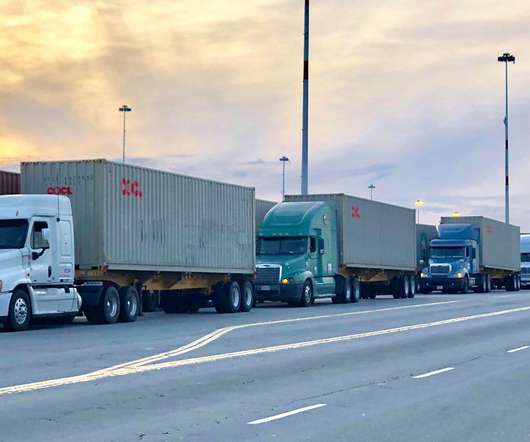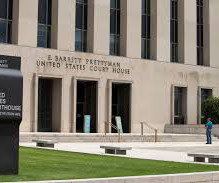Diesel is the Reason for the Sneezin’: Cleaner Holiday Deliveries are on the Horizon
Union of Concerned Scientists
DECEMBER 21, 2023
But while greenhouse gas emissions may be reduced, a delivery fulfilled by a diesel-burning truck may lead to increases in emissions of smog-forming nitrogen oxides and lung-damaging particulate matter.















Let's personalize your content